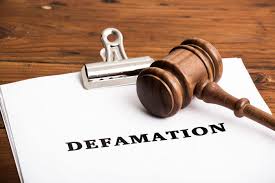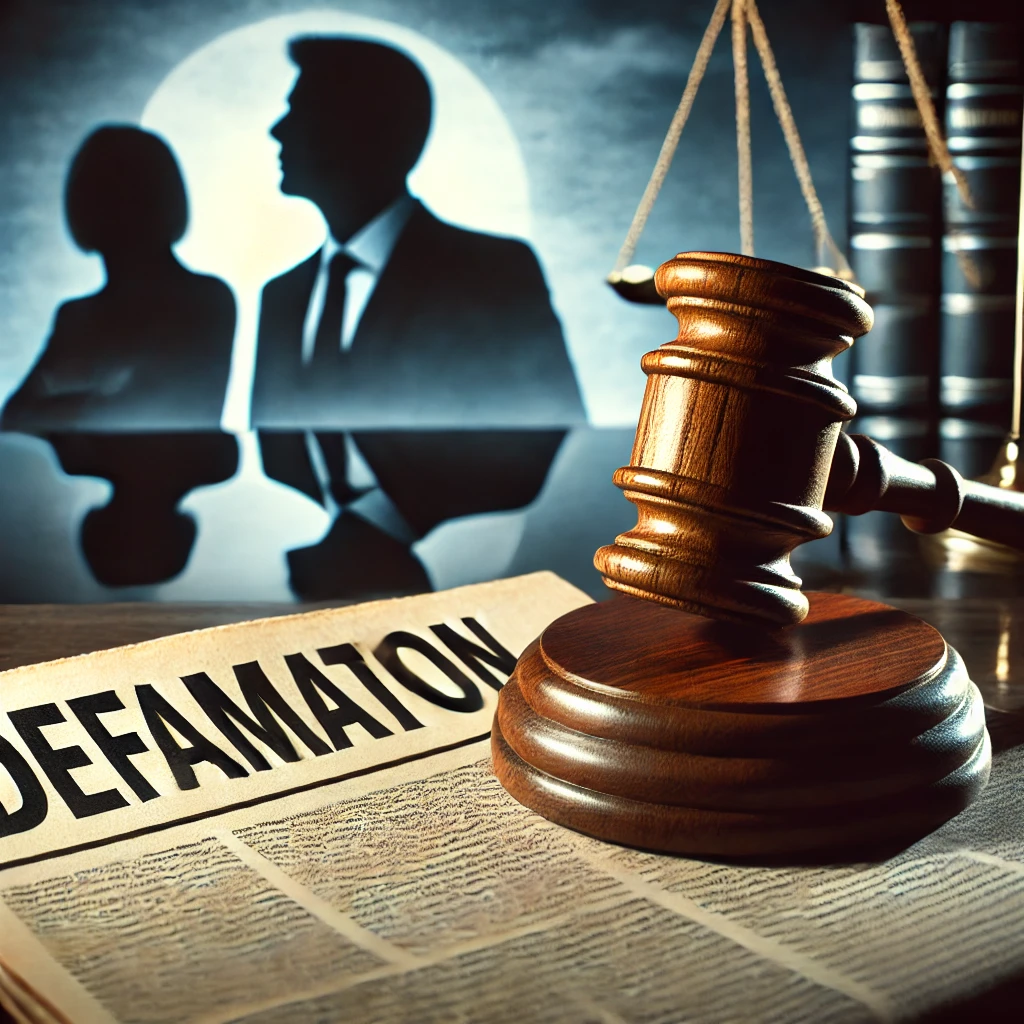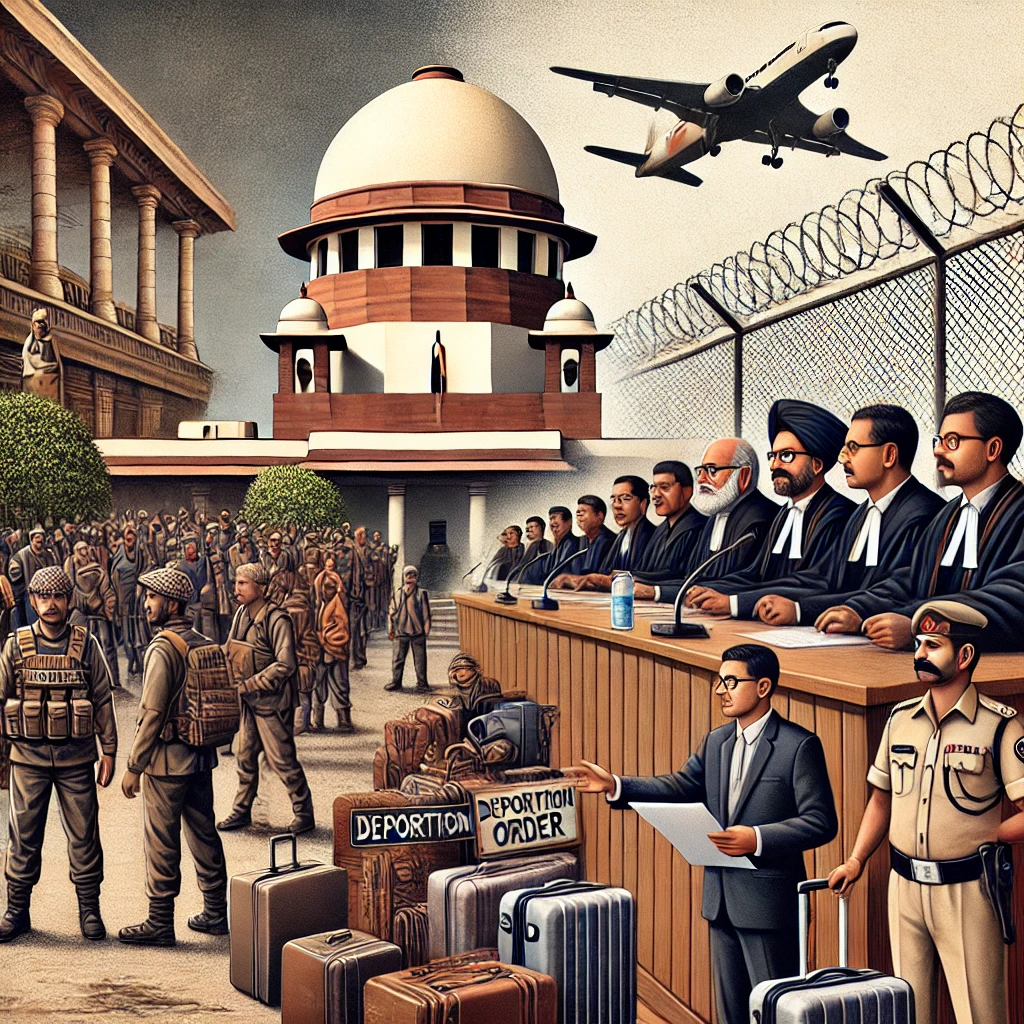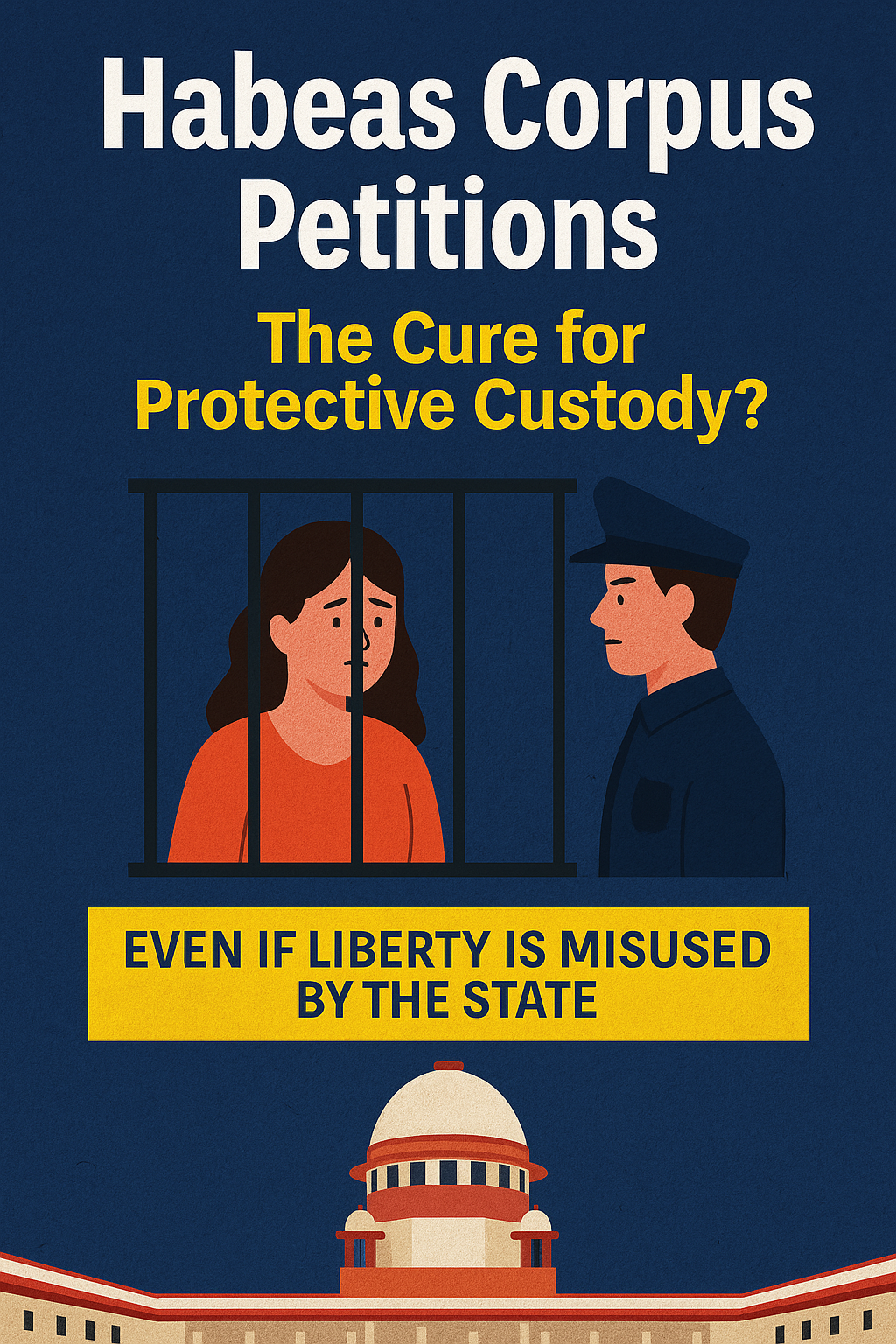Political Law at Nepal
Political Law in Nepal is governed by its Constitution, which establishes the legal framework for the country’s political system, governance, and the rights of its citizens. Nepal is a federal democratic republic with a multi-party system. The country’s political structure is defined by the separation of powers among the Executive, Legislature, and Judiciary, along with a strong emphasis on protecting fundamental rights and ensuring the participation of diverse communities.
1. The Constitution of Nepal
The Constitution of Nepal, promulgated on September 20, 2015, is the supreme law of the country. The Constitution enshrines the principles of federalism, democracy, republicanism, and secularism, and it guarantees the fundamental rights of the citizens. The Constitution marks a significant departure from the previous monarchical system, establishing Nepal as a federal democratic republic.
Key features of the 2015 Constitution:
Republicanism: Nepal is a republic, meaning the King no longer holds executive power. The head of state is the President, and the head of government is the Prime Minister.
Federalism: Nepal is divided into seven provinces, each with its own legislature and government, as well as the authority to manage local affairs.
Secularism: The Constitution declares Nepal as a secular state, ensuring that religion does not influence politics or governance.
Parliamentary System: Nepal operates under a parliamentary system with a bicameral legislature consisting of the House of Representatives and the National Assembly.
Bill of Rights: The Constitution guarantees a broad range of human rights, including freedom of speech, freedom of assembly, right to equality, right to education, and freedom of religion.
2. The Executive Branch
The Executive branch of Nepal is headed by the President and the Prime Minister. While the President serves as the ceremonial head of state, the Prime Minister is the chief executive and has the most significant role in the government’s day-to-day functions.
President: The President of Nepal is the ceremonial head of state, elected by an electoral college comprising members of the Federal Parliament and the Provincial Assemblies. The President's powers are largely symbolic, and most executive powers are vested in the Prime Minister. However, the President does have the authority to:
Appoint the Prime Minister (who must be the leader of the party or coalition with a majority in the House of Representatives).
Approve laws passed by the Federal Parliament.
Exercise certain powers in times of emergency (such as declaring a state of emergency with the recommendation of the Prime Minister).
Represent Nepal in international diplomacy and sign treaties.
Prime Minister: The Prime Minister is the head of government and exercises significant executive authority, including:
Leading the Council of Ministers and forming the government.
Proposing laws and policies to the Federal Parliament.
Managing the day-to-day administration of the government.
Appointing government ministers.
Council of Ministers: The Council of Ministers is headed by the Prime Minister and includes various ministers appointed to oversee government departments, such as finance, foreign affairs, education, and defense. The Cabinet helps implement government policy and administer laws.
3. The Legislative Branch: The Federal Parliament
The Federal Parliament of Nepal is bicameral, consisting of two chambers: the House of Representatives (lower house) and the National Assembly (upper house).
House of Representatives:
The House of Representatives consists of 275 members. 165 members are directly elected through a first-past-the-post system, while 110 members are elected through a proportional representation system.
Members of the House serve five-year terms.
The House of Representatives has the power to pass laws, approve the national budget, and scrutinize the executive. It also plays a significant role in the impeachment process of key officials, including the President and the Prime Minister.
National Assembly:
The National Assembly consists of 59 members. 56 members are elected by the members of the provincial assemblies, while 3 members are appointed by the President.
Members of the National Assembly serve six-year terms.
The National Assembly reviews laws passed by the House of Representatives, provides a second check on legislation, and plays an important role in representing the provinces and the regions.
Legislative Powers:
The Federal Parliament passes laws on national issues, including defense, foreign policy, economic policy, and human rights.
Bills passed by both houses of Parliament must be approved by the President to become law.
Parliament holds significant oversight powers over the executive and can approve or reject the national budget, impeach government officials, and review government policies.
4. The Judicial Branch
The Judiciary of Nepal is independent, ensuring that the laws are applied fairly and impartially. The judiciary interprets the Constitution, upholds the rule of law, and protects individual rights.
Supreme Court:
The Supreme Court is the highest judicial body in Nepal. It is responsible for interpreting the Constitution, reviewing the legality of government actions, and overseeing lower courts.
The Chief Justice heads the Supreme Court, and the Chief Justice, along with other justices, is appointed by the President based on the recommendation of the Judicial Council.
The Supreme Court has the power of judicial review, meaning it can strike down laws or government actions that are unconstitutional.
Lower Courts: The judicial system also includes lower courts, such as the District Courts, which handle general cases, and the Appellate Courts, which hear appeals from lower courts. These courts handle criminal, civil, and administrative matters.
Judicial Independence: While the judiciary is meant to be independent, there are concerns about the influence of political parties and the executive over judicial appointments, especially in sensitive cases.
5. Political Parties and Elections
Nepal operates under a multi-party system, and general elections are held every five years for the House of Representatives and Provincial Assemblies.
Political Parties: Nepal has a range of political parties, with significant representation from communist, democratic, and ethnic-based groups. The two major parties historically have been the Nepali Congress (NC) and the Communist Party of Nepal (Unified Marxist–Leninist) (CPN-UML). The Communist Party of Nepal (Maoist Centre) and Madhesi parties are also influential in certain regions.
Electoral System: Nepal uses a mixed electoral system for the House of Representatives, combining first-past-the-post and proportional representation.
Federalism: The seven provinces of Nepal have their own elected assemblies and governments, with provincial elections held at the same time as national elections. The provinces are given significant powers in areas such as education, healthcare, and local governance.
6. Human Rights and Freedoms
The 2015 Constitution guarantees a wide range of human rights and fundamental freedoms, including:
Freedom of expression, freedom of assembly, and freedom of religion.
Right to equality and non-discrimination based on gender, race, caste, ethnicity, or religion.
Right to access information, freedom of the press, and protection from torture.
Right to health, education, and employment.
Rights of marginalized groups: The Constitution provides special protections for historically marginalized groups, such as women, Dalits, indigenous communities, and ethnic minorities.
However, the implementation of these rights has faced challenges, especially regarding gender equality, freedom of expression, and the treatment of ethnic and religious minorities.
7. Foreign Policy
Nepal follows a policy of non-alignment and maintains strong diplomatic ties with both India and China, along with other global and regional powers.
India: Nepal shares deep historical, cultural, and economic ties with India. However, political tensions sometimes arise, particularly over issues related to border disputes.
China: Nepal has increasingly sought to strengthen its relationship with China, particularly through economic cooperation and infrastructure projects under China’s Belt and Road Initiative (BRI).
International Relations: Nepal is a member of the United Nations and other international organizations, and it strives to maintain neutrality in global conflicts while focusing on regional cooperation and economic development.
Conclusion
Political law in Nepal is governed by the 2015 Constitution, which established the country as a federal democratic republic with a parliamentary system. The President serves as the ceremonial head of state, while the Prime Minister is the head of government, with significant executive powers. Nepal's bicameral legislature enacts laws and holds the government accountable, while the independent judiciary ensures that the rule of law is upheld. Though the Constitution guarantees a range of fundamental rights, challenges remain in the implementation of these rights, particularly regarding gender equality, freedom of expression, and ethnic diversity. Nepal continues to navigate its political transition and strives for stability and development in a complex regional context.






















0 comments